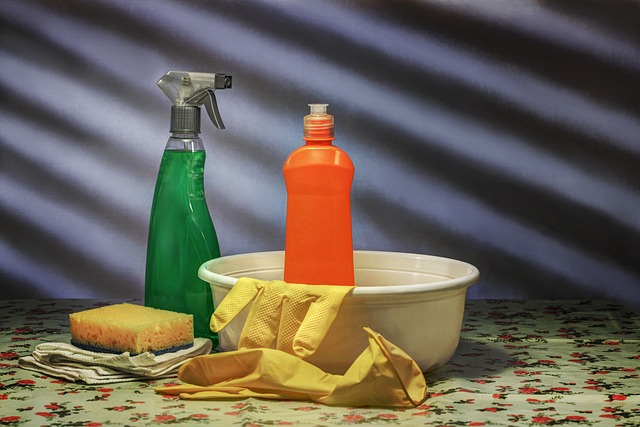
Using abrasives to clean in households has been around for centuries. Abrasive cleaners contain tiny mineral particles used to clean surfaces heavy with grime and dirt. There are different abrasive cleaners, and each is designed for different surfaces and different cleaning tasks.
Using the wrong abrasive cleaner for a particular surface can make the surface worse than before the cleaning. For example, a delicate marble surface can not take a harsh abrasive cleaner, as this can scratch or dull the surface, whereas using a mild abrasive cleaner on a heavily soiled surface is not enough to clean it.
When doing some abrasive cleaning, choosing the right type of abrasive is important to remove dirt, grime, and other contaminants from surfaces without causing any damage to the surface. It can also help to extend the life of the surface you are cleaning, which makes them an effective option for a variety of surfaces like countertops, stovetops, and sinks.
Types of Abrasive Cleaners
You need first to know the type of abrasive cleaners and what sets each apart to choose the right abrasive for your next cleaning.
Wet Abrasives
Wet abrasive cleansers are abrasives in liquid form, containing solid abrasives in suspension inside the liquid—the wet abrasives contain a fine abrasive material, such as silica or alumina, which effectively removes tough stains.
Dry Abrasives
Powdered abrasives are a popular household cleaning agent, and it has long been a part of the cleaning routine for many homes. Containing tiny particles that are a mixture of calcite, feldspar, quartz, and silica, it helps to eliminate heavy-duty elbow grease cleaning. Examples of dry abrasives include scouring powders.
Abrasive Tools
Abrasive tools have a long history of household use and are still very in vogue. These abrasive tools provide a similar effect to the cleaning agents. These tools usually have rough edges that make them excellent tools for elbow grease cleaning. Examples of abrasive tools include scouring pads, abrasive sponges e. t. c.
Disinfecting Abrasives
Disinfecting abrasives are cleaning agents designed to remove germs and bacteria from surfaces. You can use these abrasives in hospitals, schools, and other public facilities to help prevent the spread of infection. To use disinfecting abrasives, you must pay attention to the labels and the instructions.
How to Use Abrasive Cleaners
Abrasive cleaners are primarily used for surfaces with tough stains. However, you must be careful in your application to avoid damaging delicate surfaces. You should also wear protective gloves and eyewear to protect your eyes and skin that comes in contact with the abrasives.
- Choose the right abrasive
- Follow the instruction on the label
- Use protective gloves and a mask if necessary
- Clean the surface and make sure it is free from any loose dirt.
- Shake the abrasive cleaner before use
- Apply the abrasive you want to use unto the surface using a sponge or scrub to rub it in
- Scrub the surface with a circular motion, using gentle strokes
- Rinse the surface with water
- Dry the surface with a clean cloth to avoid streaks or water marks from appearing
Tips for using abrasive cleaners
Here are some bonus tips for using abrasive cleaners;
- Test out the abrasive cleaner on a smaller surface before applying it to a larger area
- Use mild abrasive for everyday use
- Rinse out the abrasive thoroughly to prevent leaving any residue behind
Abrasive cleaners effectively remove tough stains and grime, but they should be used carefully. By choosing the right type of abrasive cleaner and using it correctly, you can keep your surfaces clean and looking new.
